Ripe hedgerow berries look very appealing but several species can cause serious illness if eaten, and a few can even be fatal. So however tempting never try anything you don't recognise as safe.
Here are 9 of the UK's most dangerous poisonous berries
Poisonous berries
Yew
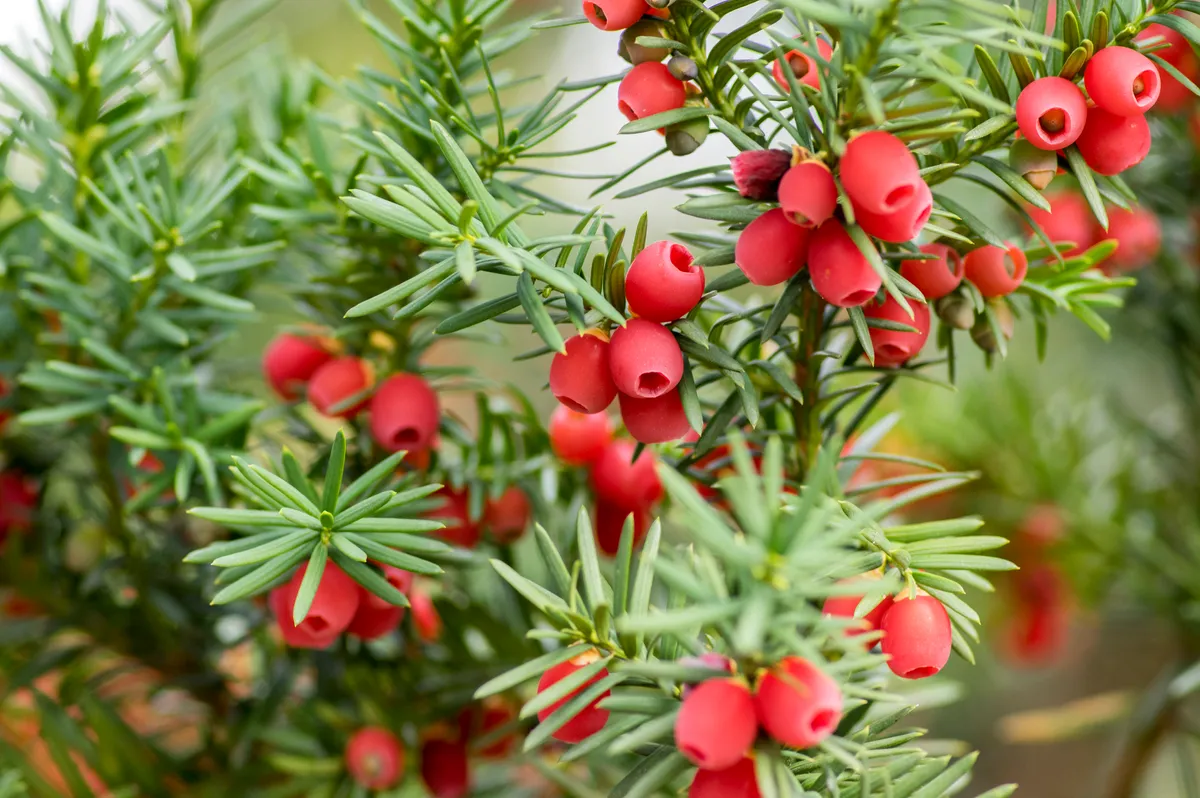
Taxus baccata
All parts of yew trees contain toxic alkaloids, except for the bright red arils. The dark green seeds are especially dangerous, unless you’re a nuthatch.
Black bryony
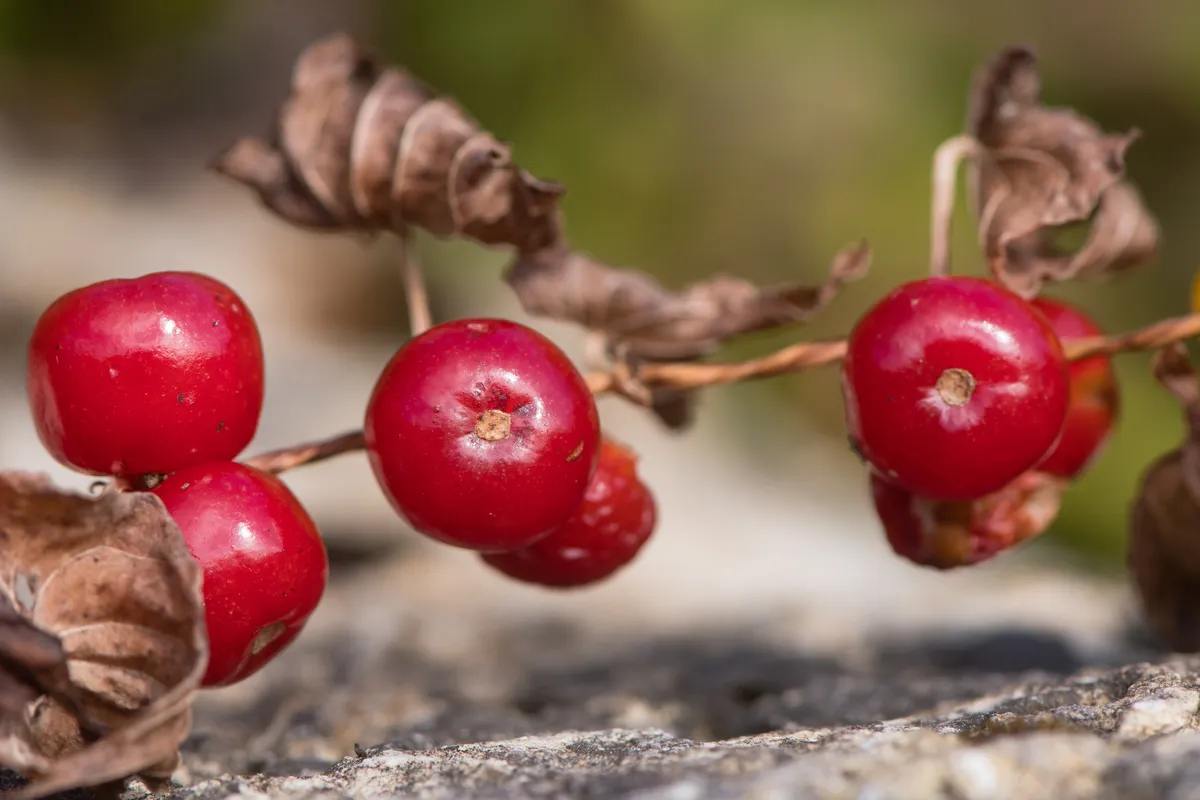
Tamus communis
The only member of the yam family in UK's native flora, it has shiny heart-shaped
leaves and tiny green flowers that swell into scarlet, poisonous berries
Deadly nightshade
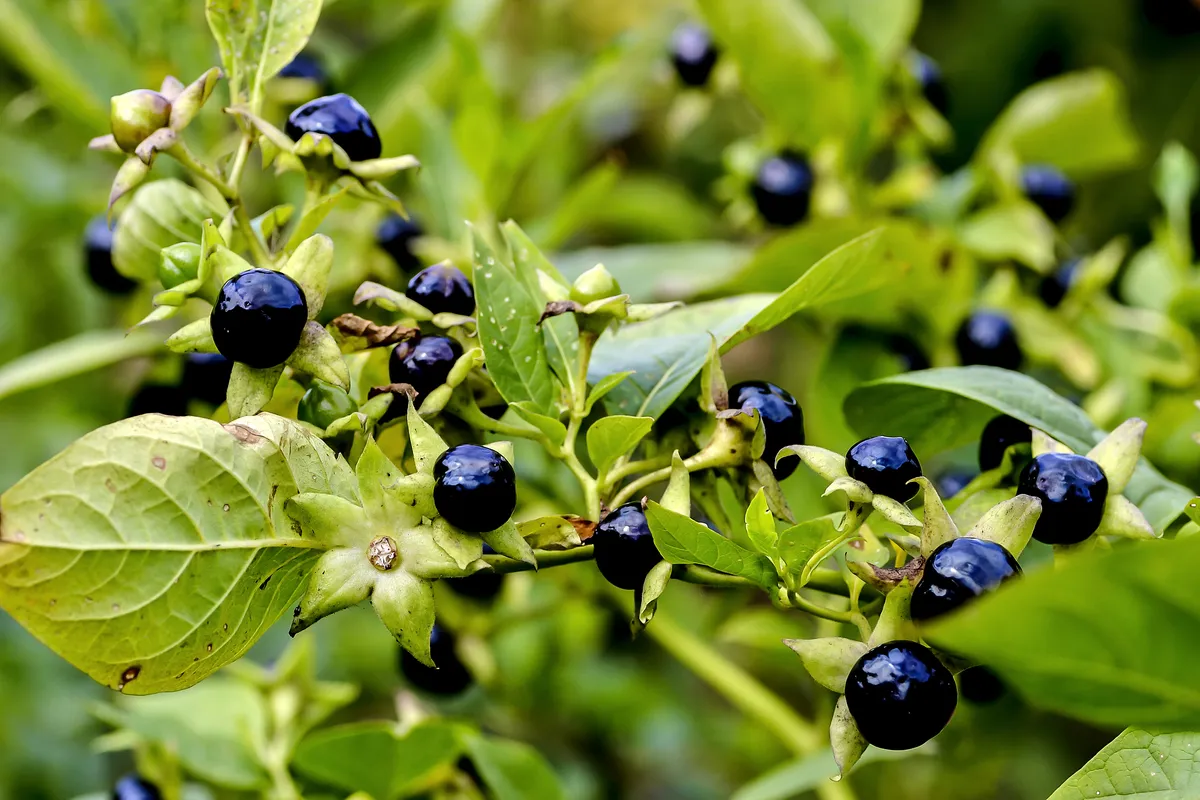
Atropa belladonna
A member of the potato family. The highly poisonous fruits are similar in colour, size and shape to ripe cherries and are as tempting to the unwary. Deadly nightshade is one of the most poisonous plants in the world
Lords and ladies
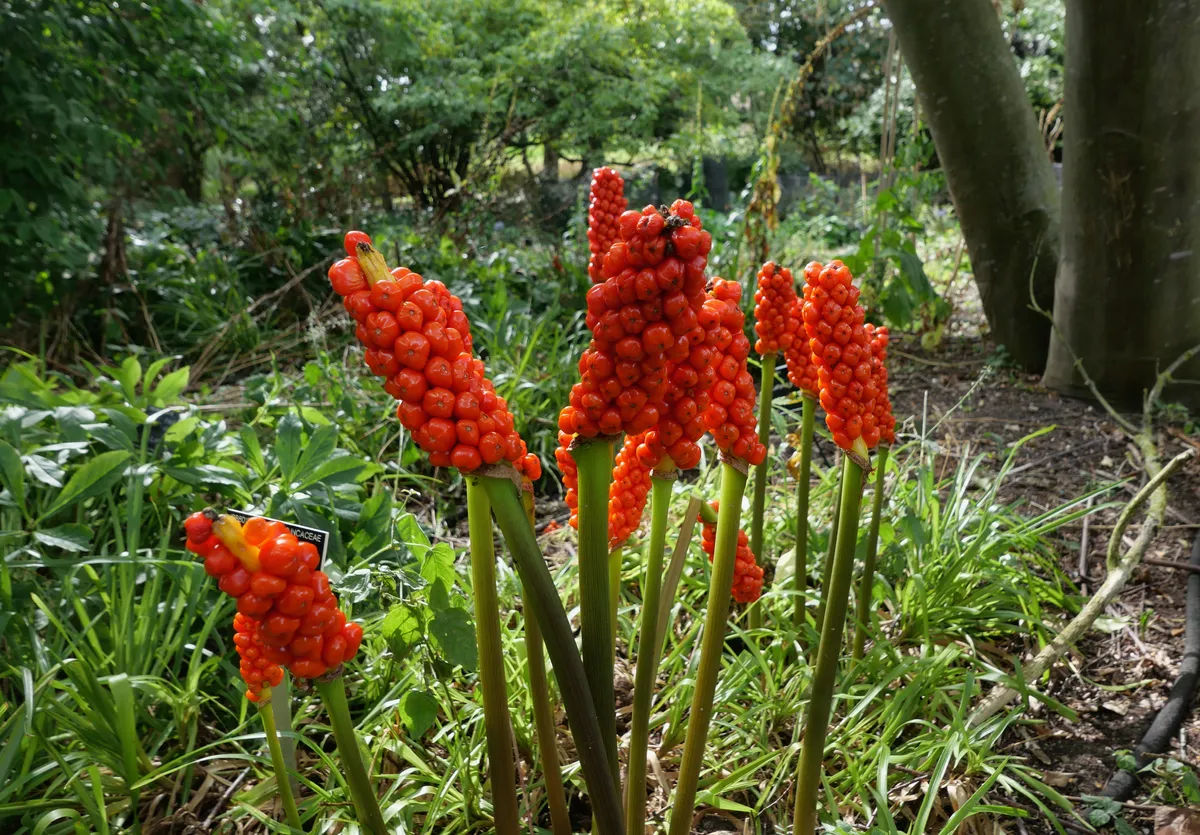
Arum maculatum
The conspicuous spikes of poisonous fruits ripen in the hedgerow after the leaves have withered. Their juice can also cause painful skin irritation.
Ivy
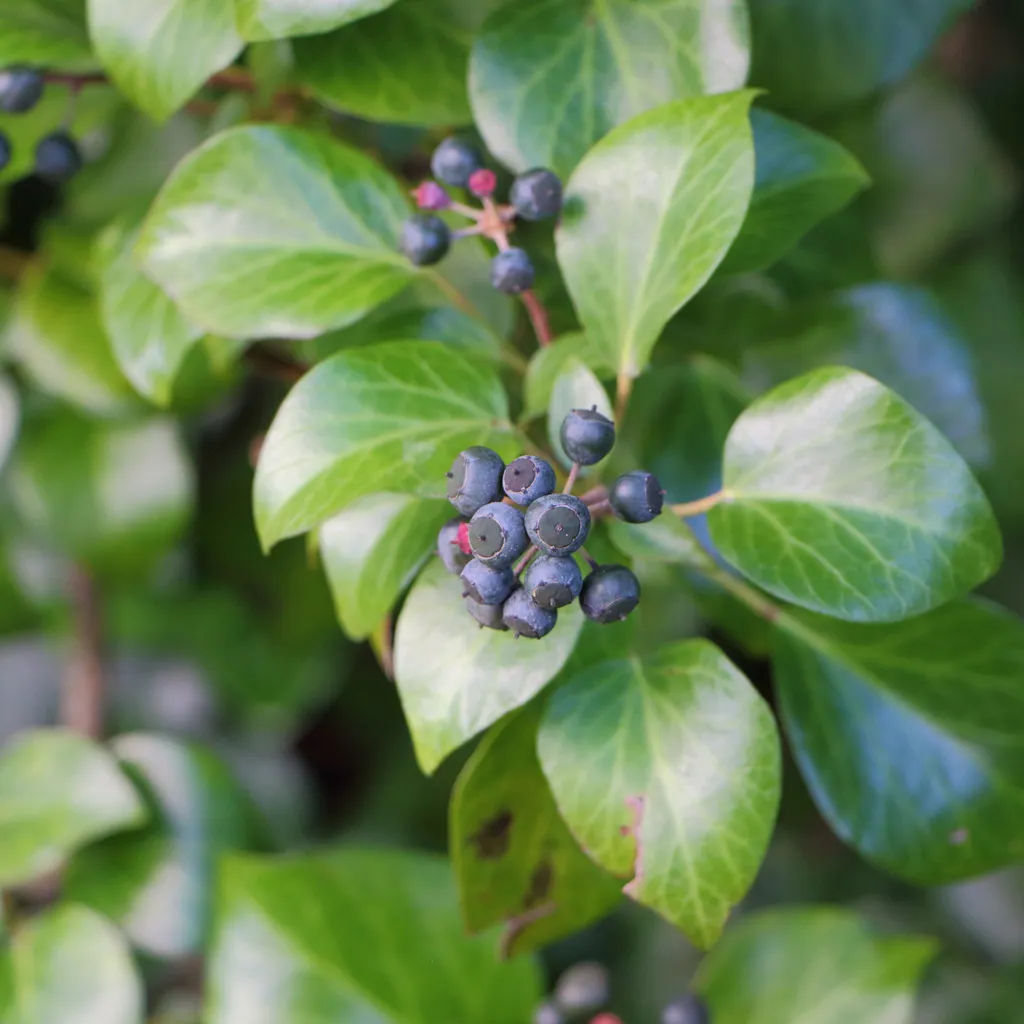
Hedera helix
The flowers are the last nectar source of autumn and are very attractive to pollinators, resulting in clusters of green fruits that ripen to black in spring
Spindle
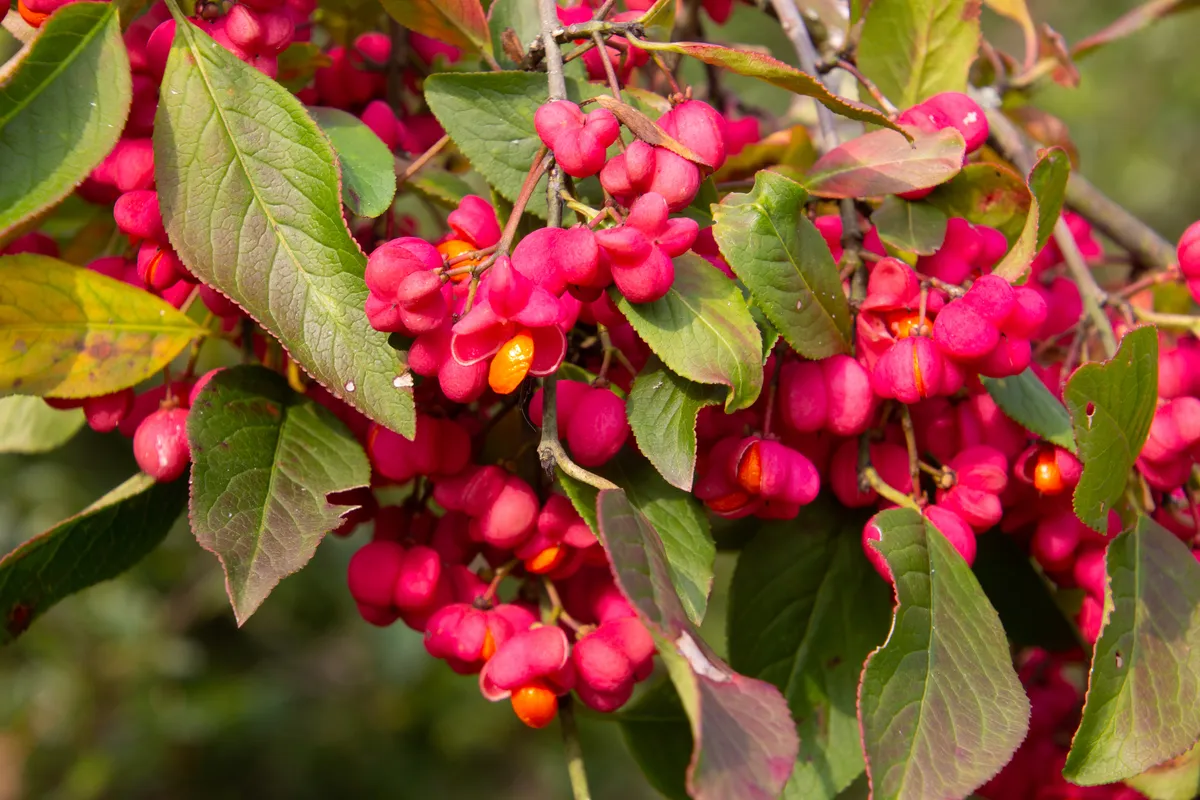
Euonymus europaeus
The spindle’s crimson foliage, pink fruits and toxic seeds with bright orange arils makes it highly conspicuous in autumn
Holly
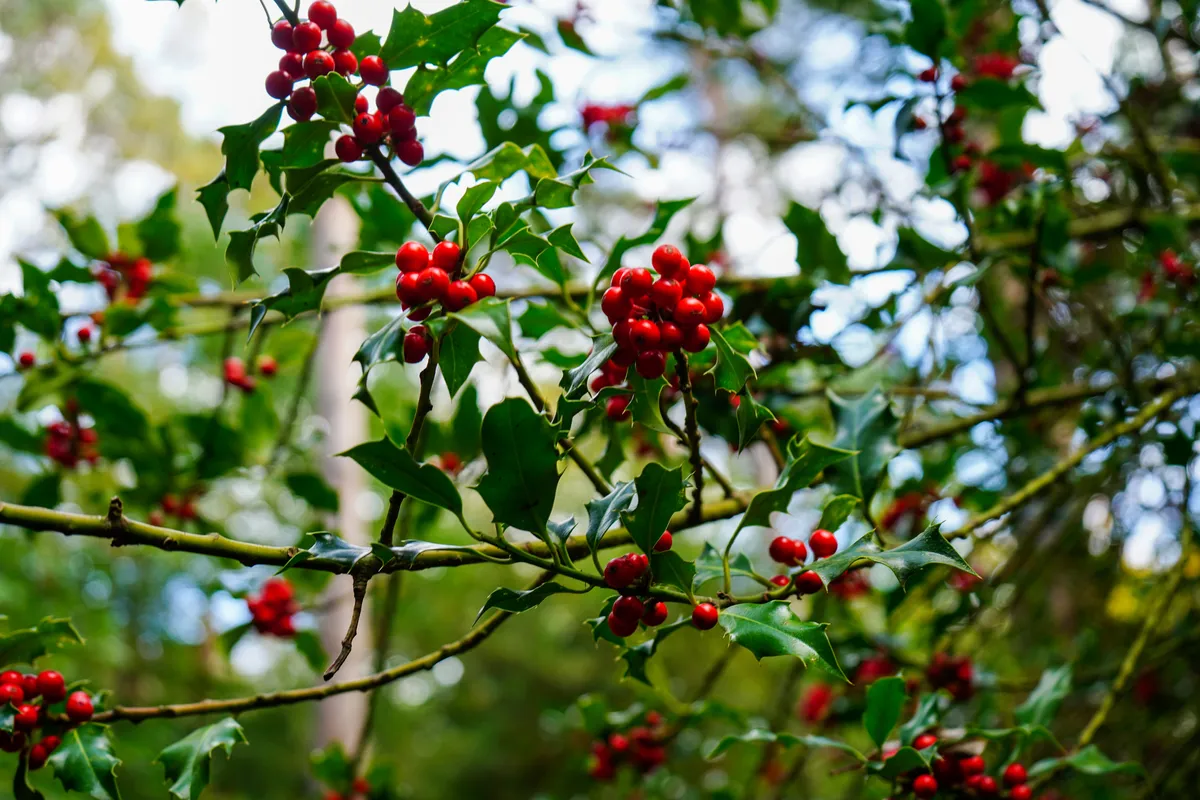
Ilex aquifolium
Holly may be a Christmas favourite that is highly decorative, but the berries are poisonous and can cause nausea and vomiting if eaten. Leave them for the mistle thrush.
Woody nightshade or bittersweet
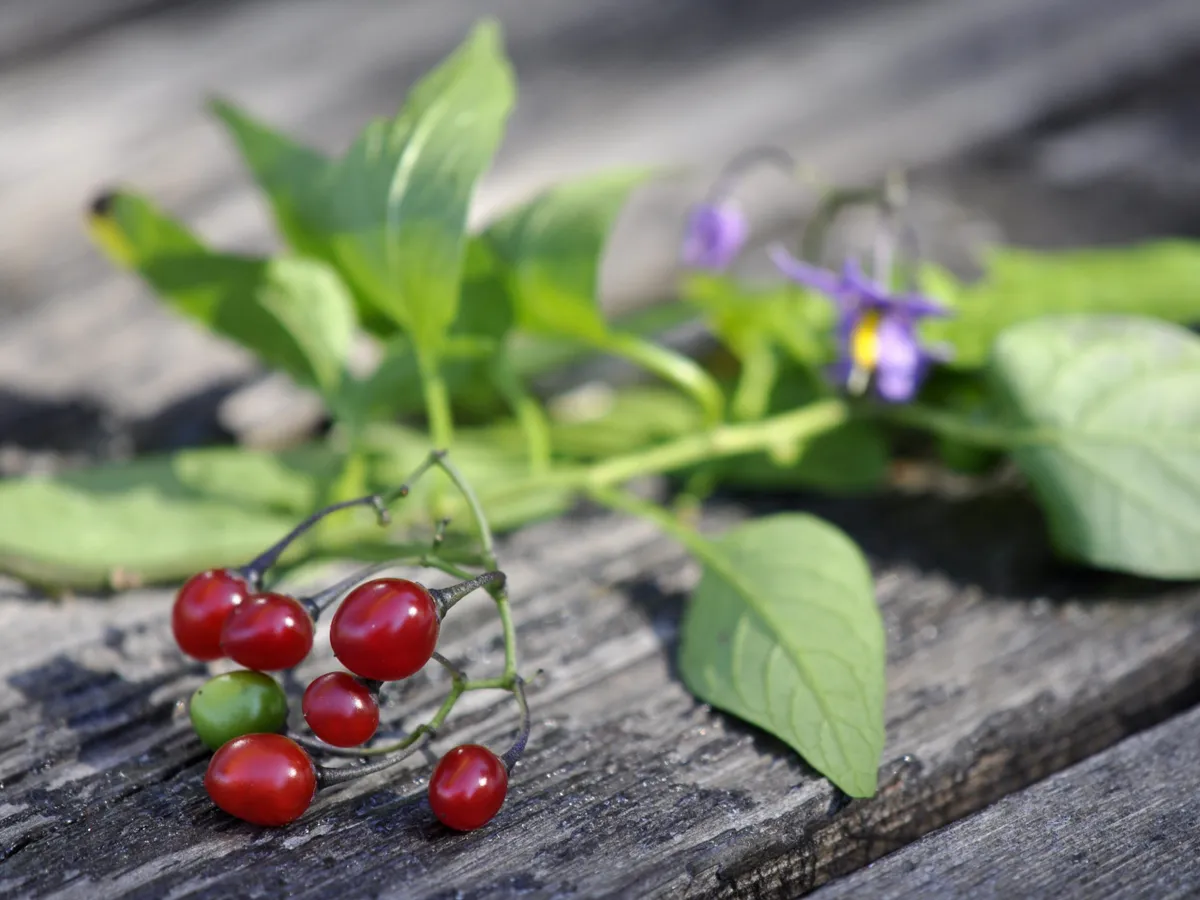
Solanum dulcamara
This scrambles through hedgerows and sometimes appears in gardens. Its shiny, egg-shaped fruits ripen through yellow to scarlet and should never be eaten.
Butchers broom
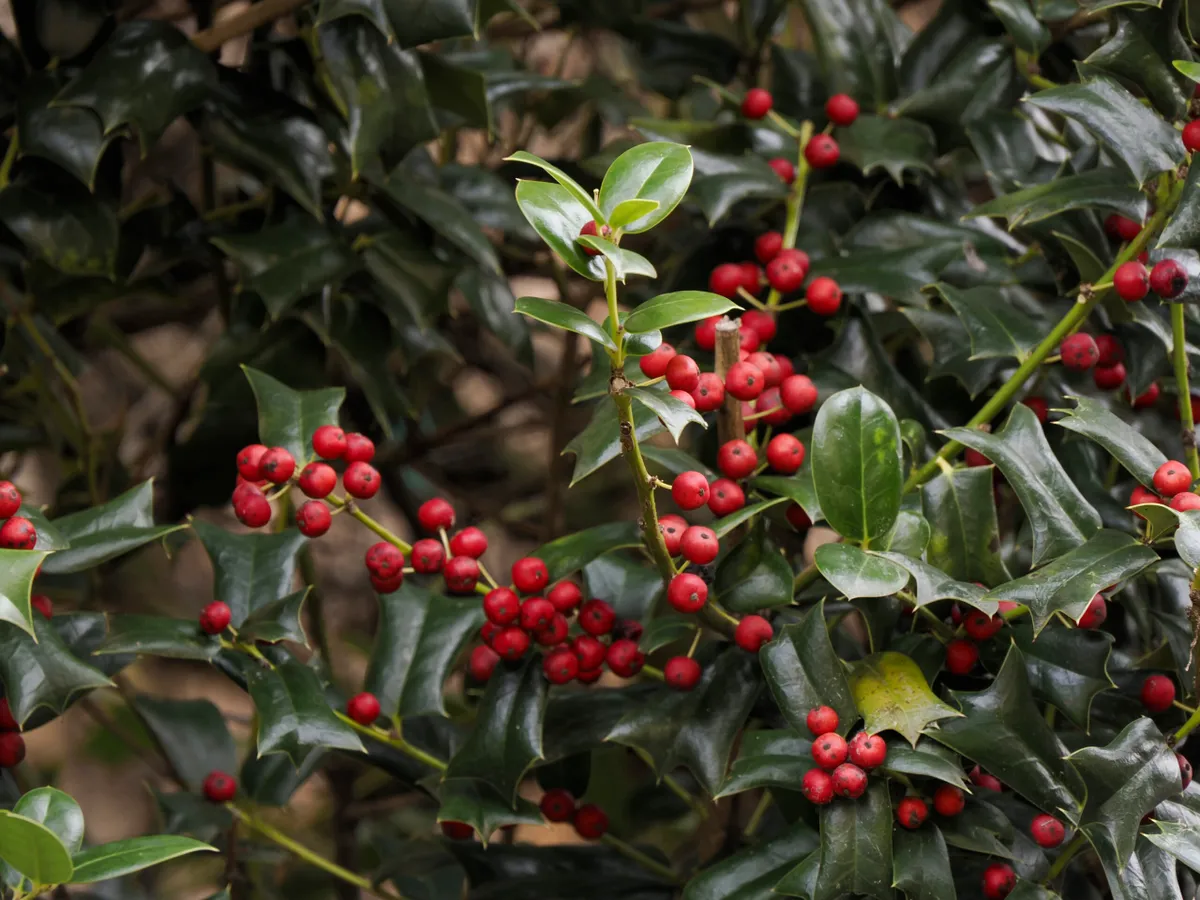
Ruscus aculeatus
An uncommon species of woodland edges with prickly leaves bearing tiny greenish, star-shaped purple flowers that develop into toxic scarlet fruits.
More poisonous plants facts